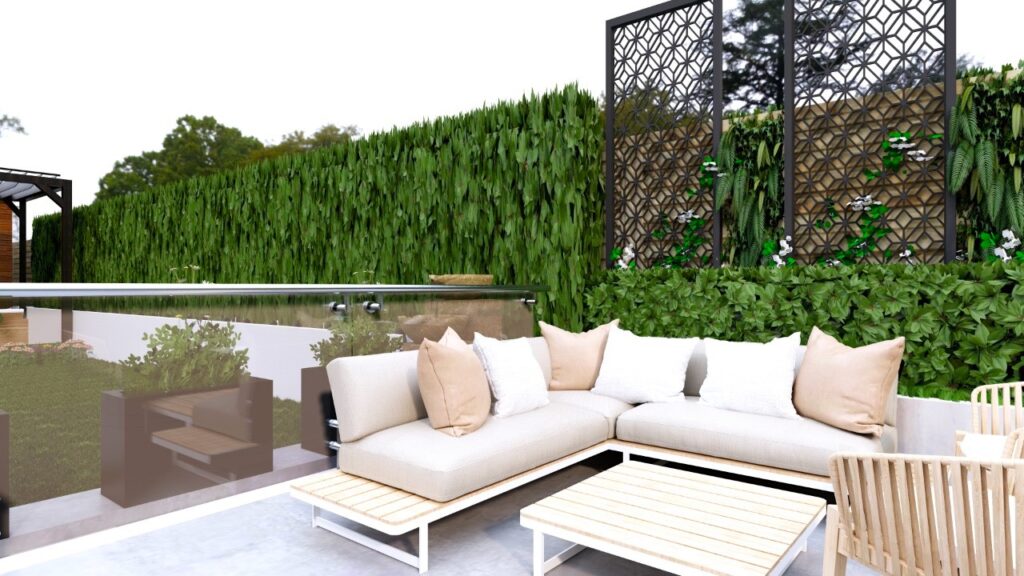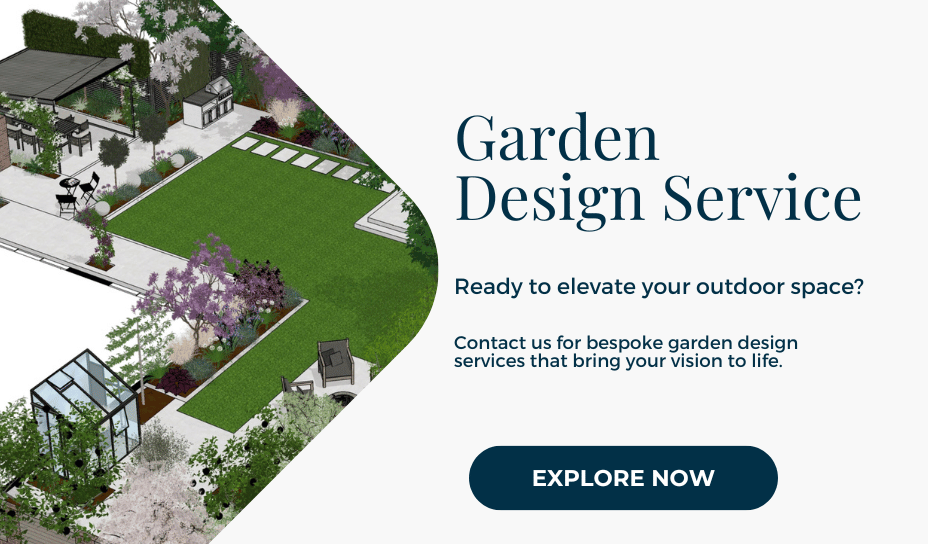In the UK, where the climate is as varied as the landscape, creating a garden that is both stunning and easy to maintain can seem like a daunting task. However, with some thoughtful planning and smart design choices, it’s possible to cultivate a garden design that makes a lasting impression without requiring endless hours of upkeep. This blog post will guide you through the essentials of creating a low maintenance, high impact garden.
Start with a Strong Design Framework
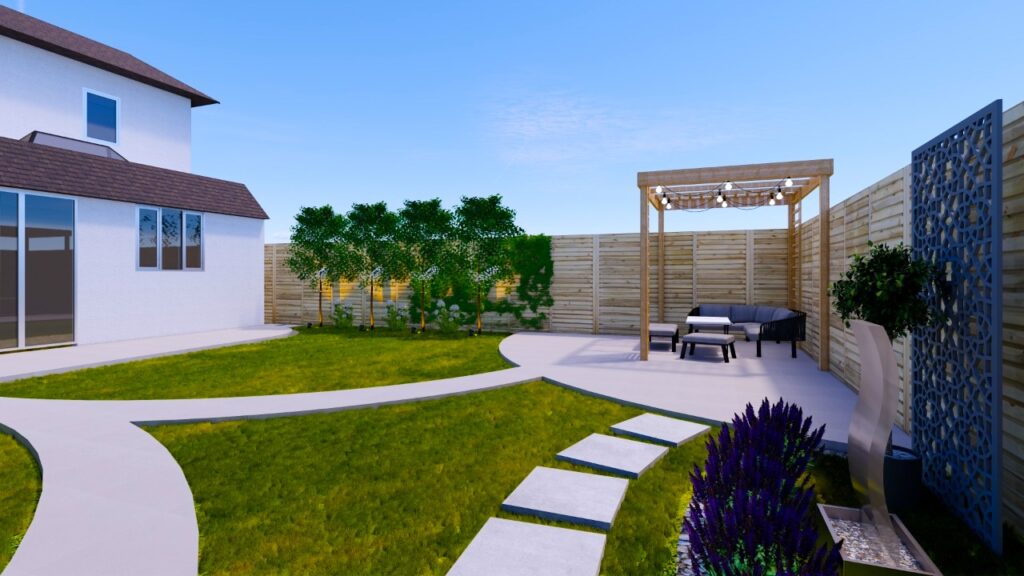
image credit: House Designer
The foundation of any low maintenance garden is a strong, simple design. Opt for clean lines and well-defined spaces. Use hardscaping – like paths, patios, and decking – to create structure. These elements require little upkeep compared to planted areas and can add significant visual appeal. Consider incorporating elements such as raised beds or gravel paths that are not only aesthetically pleasing but also practical.
Choose the Right Planting Scheme
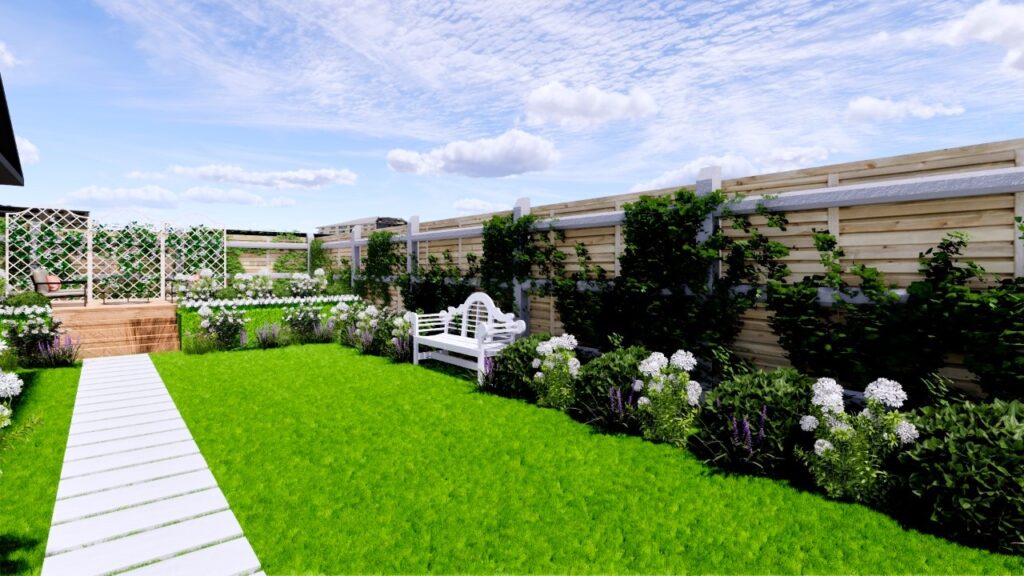
image credit: House Designer
Plant selection is crucial in a low maintenance garden. Your planting plan should have plants that are well-suited to the UK climate and soil conditions in your area. Native plants are often a good choice as they are adapted to local conditions and require less care. Drought-resistant plants can also reduce the need for watering. Consider using perennials, which return year after year, and evergreens that provide colour even in the winter months.
Opt for Mulching
Mulching is a fantastic way to reduce garden maintenance. It helps retain soil moisture, suppress weeds, and improve soil quality. Organic mulches, such as bark or compost, add nutrients to the soil as they decompose. Inorganic mulches, like gravel or slate chippings, can add texture and colour to your garden and are particularly effective in contemporary designs.
Implement a Smart Watering System
Incorporate an efficient watering system to save time and ensure your plants receive the hydration they need. Drip irrigation or soaker hoses are excellent for delivering water directly to the roots of plants, reducing waste and the time spent with a hose or watering can. You can also consider installing a rain barrel to collect rainwater for your garden, which is both environmentally friendly and cost-effective.
Utilise Containers and Raised Beds
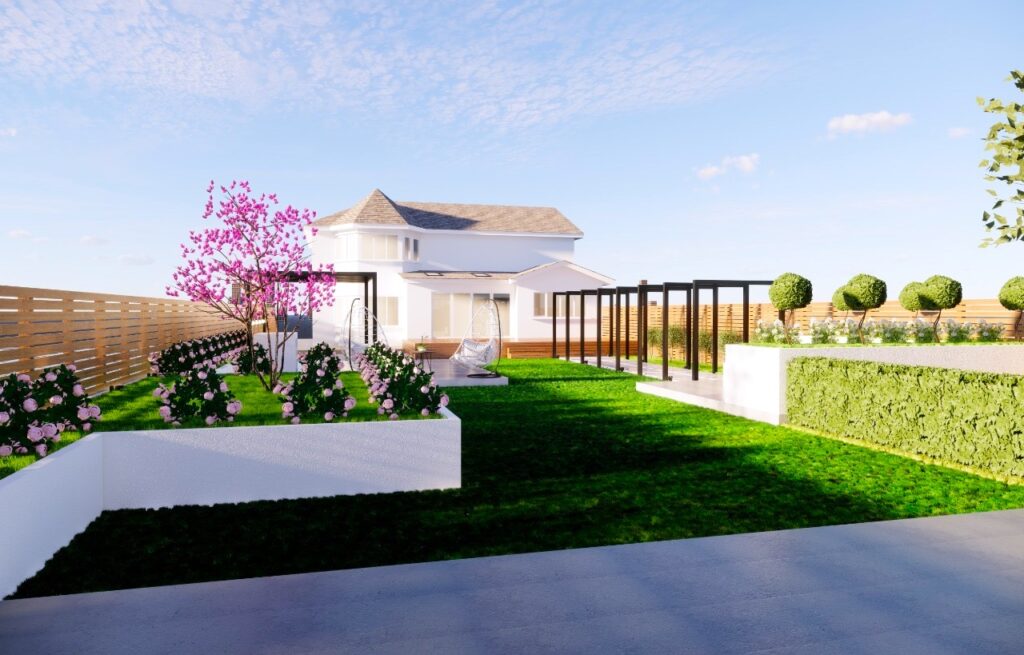
image credit: House Designer
Containers and raised beds can add height and interest to your garden and are easier to manage than large planted areas. They are ideal for growing a variety of plants, from herbs and vegetables to shrubs and small trees. Containers are particularly useful for adding colour to patios or balconies and can be easily moved or replaced as desired.
Incorporate Year-Round Interest
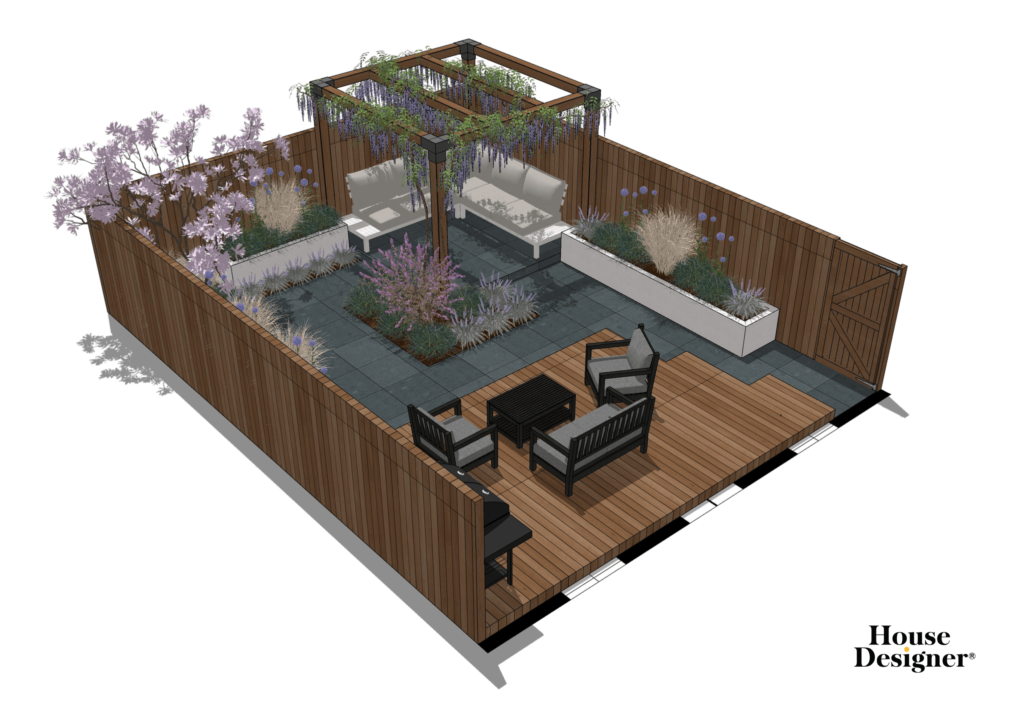
image credit: House Designer
To maintain visual appeal throughout the year, include plants that offer seasonal interest. Spring bulbs, summer flowering perennials, autumn foliage, and winter berries or evergreens can all contribute to a garden that looks great in every season. Ornamental grasses are also an excellent choice for adding texture and movement, and many look striking even during the winter months.
Embrace Wildlife-Friendly Features
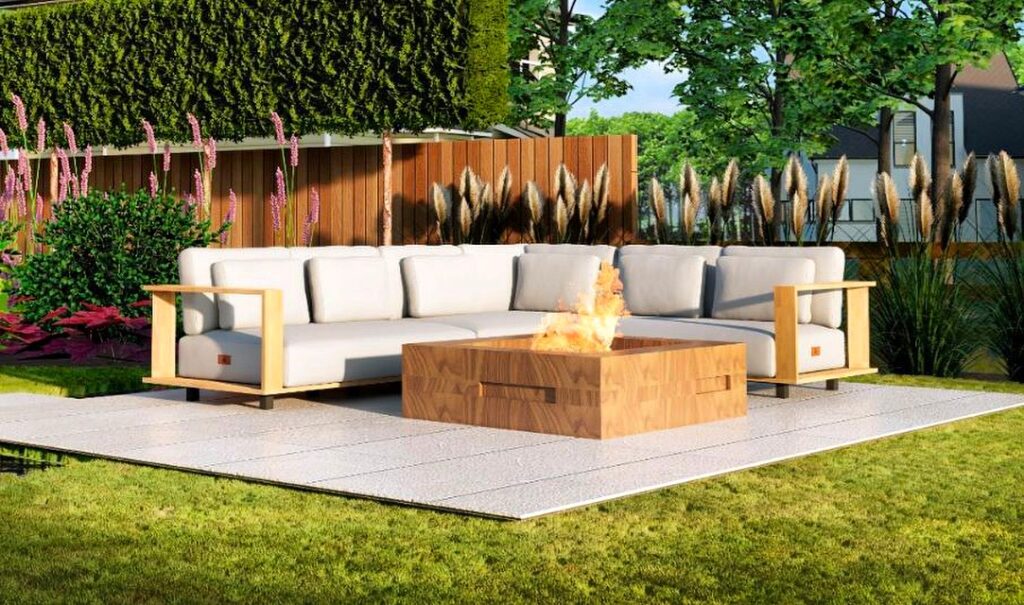
image credit: House Designer
A biodiversity garden design can be low maintenance and also be a haven for wildlife. Incorporate bird feeders, a small pond, or a log pile to attract birds, insects, and other wildlife. Not only does this add an extra layer of interest to your garden, but it also contributes to local biodiversity.
Low Maintenance, High Impact Garden Design
Finally, even a low maintenance garden needs some care. Set aside a little time each week for basic tasks like weeding, deadheading, and pruning. These regular upkeep tasks can prevent larger, more time-consuming jobs later on.
A low maintenance garden does not have to be dull or uninspired. With the right planning and plant selection, you can create a beautiful outdoor space in the UK that thrives with minimal effort. Remember, the key is to work with, not against, the natural conditions of your garden, embracing its unique character and potential. With these tips in mind, you can enjoy a high impact garden design that allows more time for relaxation and enjoyment.


